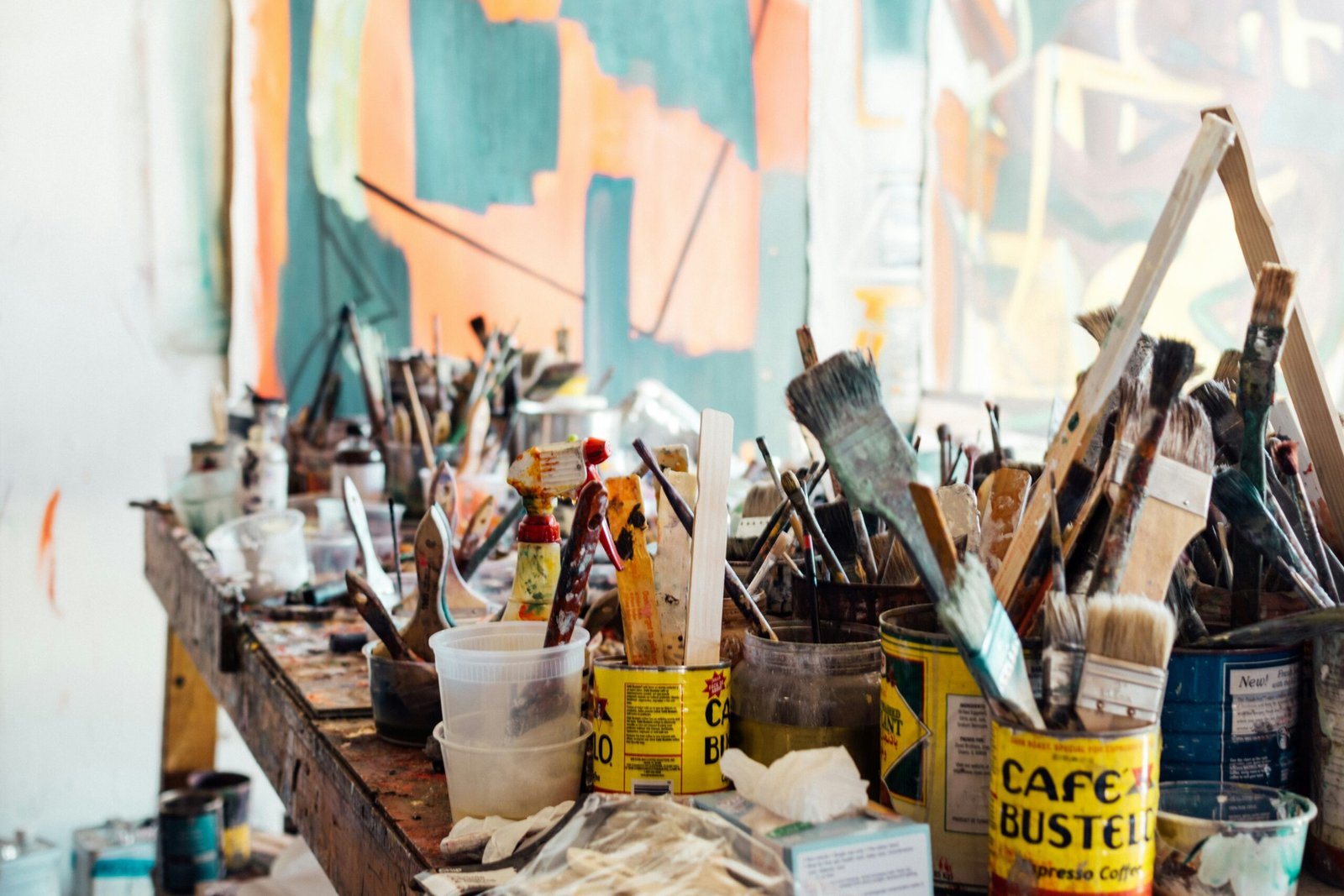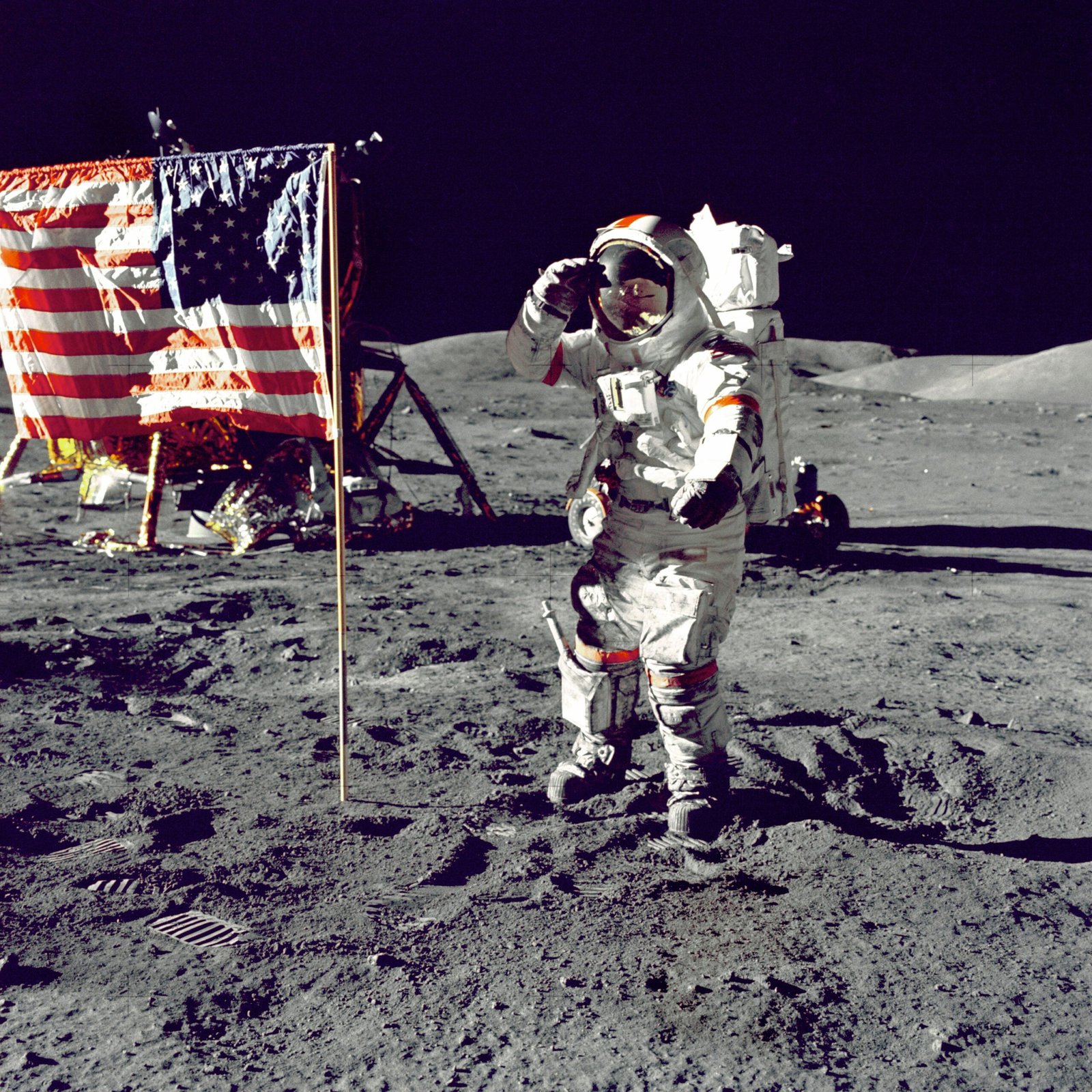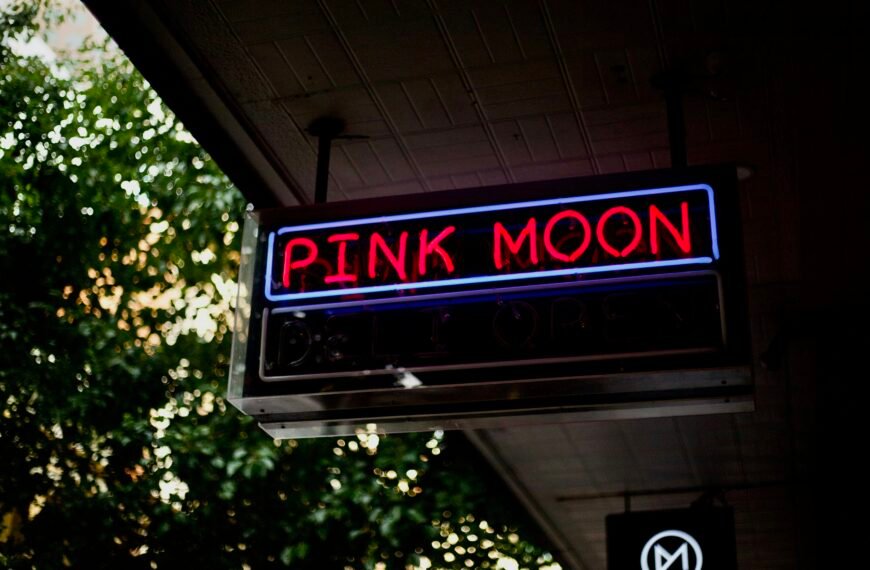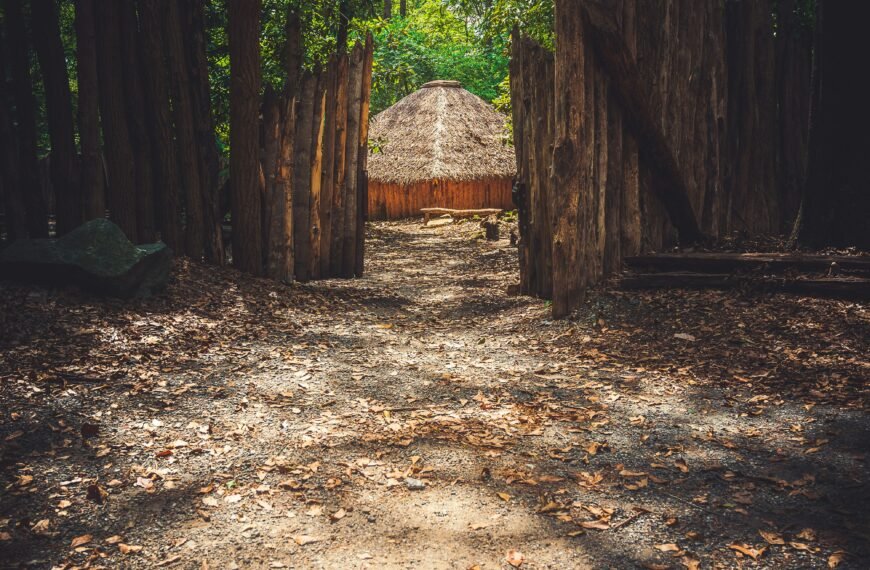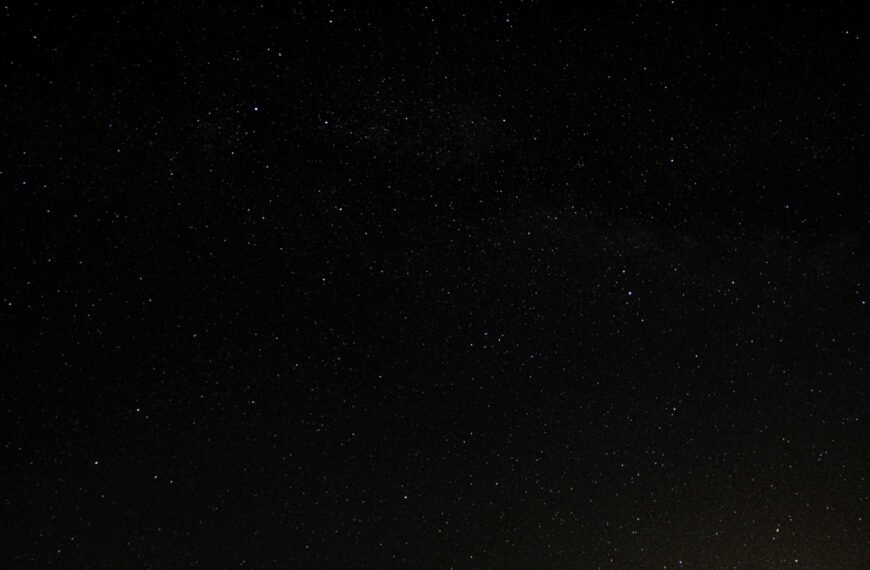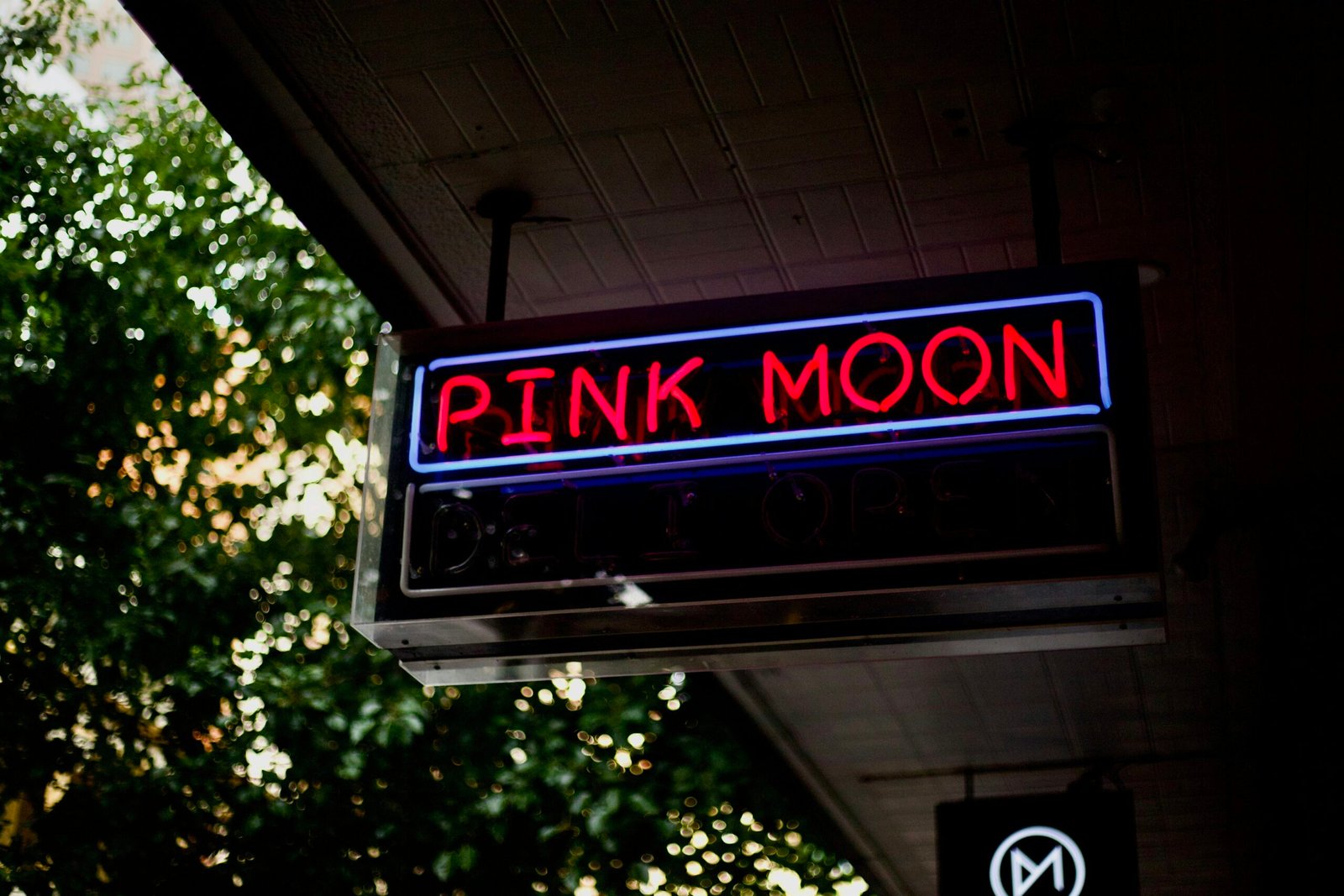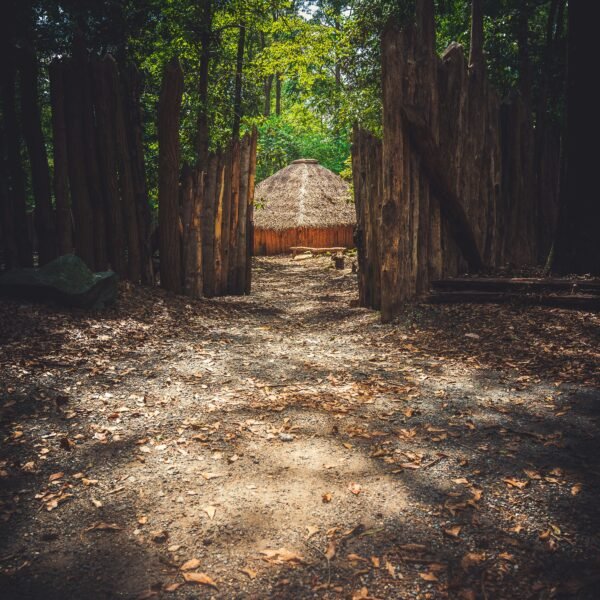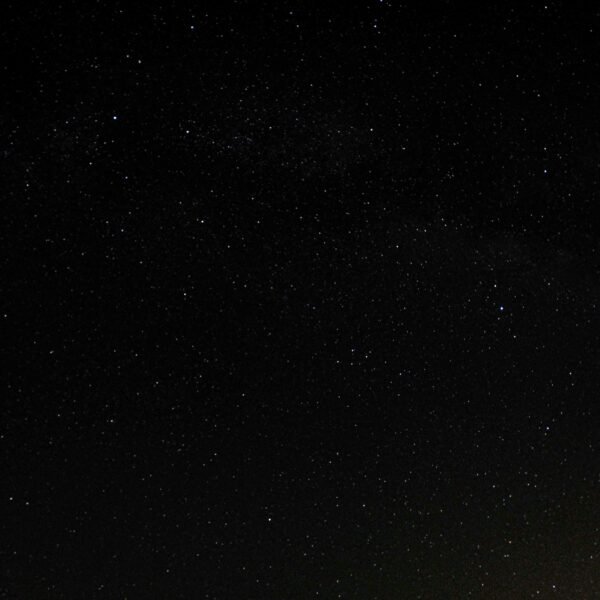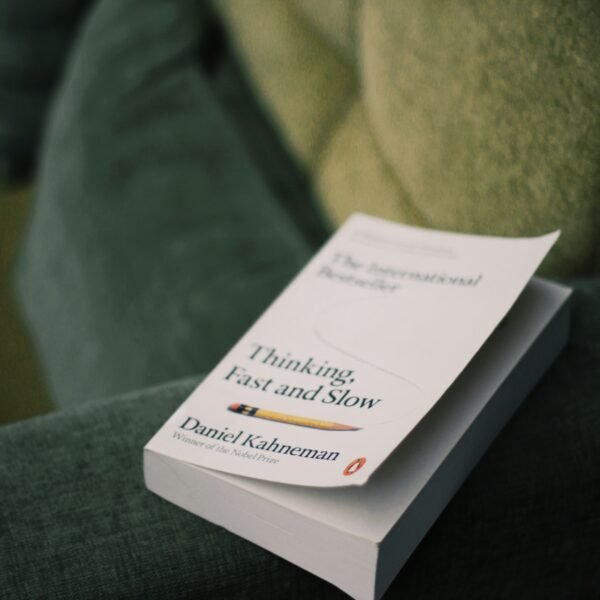Exploring the Intersection of Art and Science
Have you ever wondered how art and science intersect? In recent years, there has been a growing trend of collaboration between artists and scientists to create innovative and thought-provoking work. Through projects like “PST Art,” NASA scientists and artists are merging their expertise to unlock new creative pathways that challenge traditional ways of thinking.
The Blended Worlds Project
Imagine a world where science and art seamlessly blend together to create something entirely new and exciting. The “Blended Worlds: Experiments in Interplanetary Imagination” project is a prime example of this fusion. NASA scientists like Kevin P. Hand are working hand in hand with visual artists to transform complex scientific concepts into visually captivating installations.
Breaking Down Barriers
Through collaborations like the “Blended Worlds” project, artists are delving into the world of science in a way that is both accessible and engaging. By breaking down the barriers between art and science, these projects open up a world of possibilities for creativity and innovation.
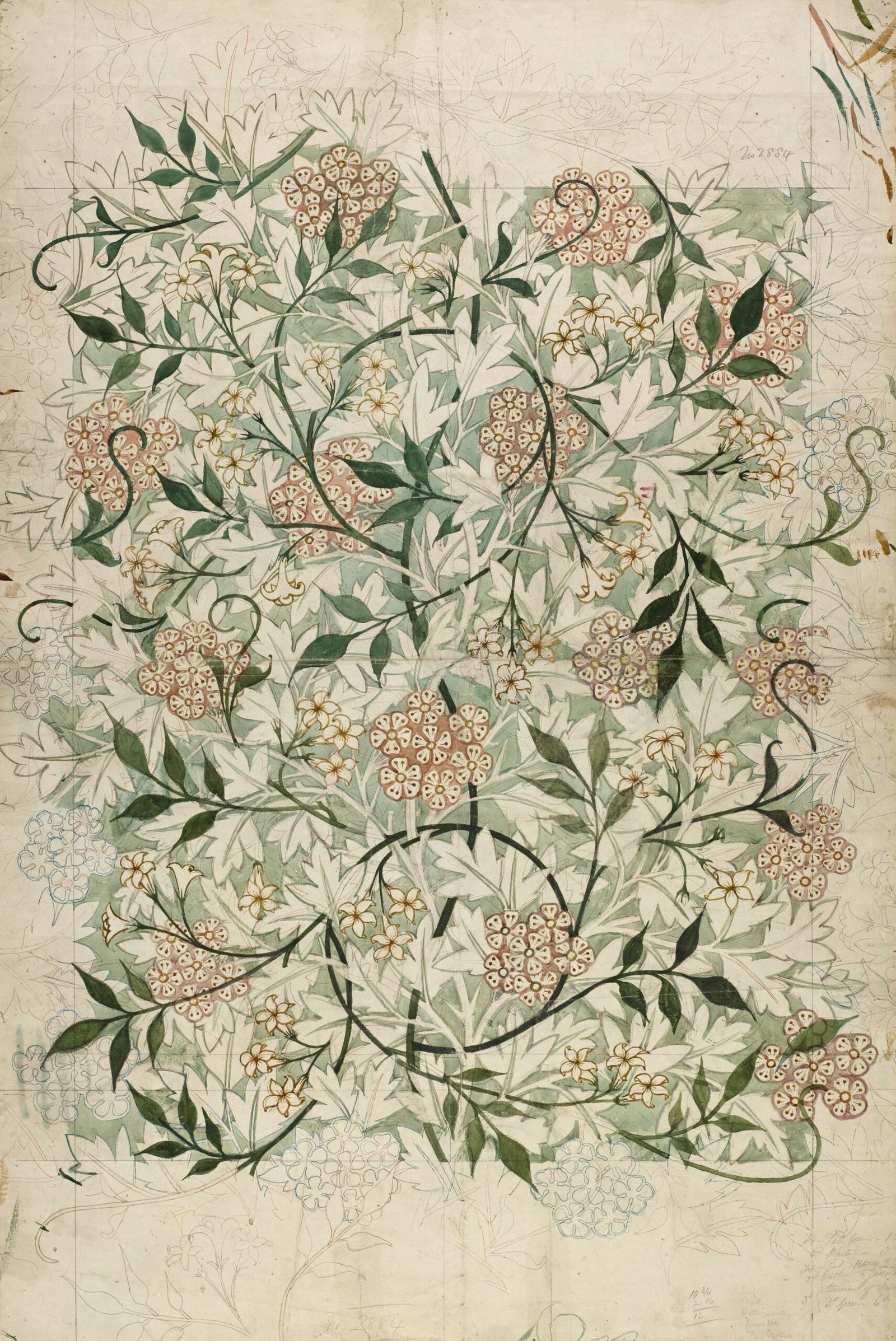
The Evolution of “PST Art”
Curious about the origins and evolution of “PST Art”? Let’s take a closer look at how this groundbreaking exhibition series has grown and evolved over the years, becoming a vital part of Southern California’s art scene.
From Pacific Standard Time to “PST Art”
Originally known as “Pacific Standard Time,” the exhibition series was launched by the Getty in 2011 as a way to showcase the vibrant art scene of Los Angeles. In its third iteration, “PST Art” has expanded its focus to explore the connections between art and science, bringing together artists and scientists in unprecedented collaborations.
A Unifying Force in the Art World
“PST Art” has become a unifying force in the Southern California art world, bringing together museums and cultural institutions of all sizes. By providing a platform for smaller institutions to showcase their work alongside larger museums, the exhibition series has helped to democratize the art world and promote a spirit of collaboration and inclusivity.
The Future of “PST Art”
Looking ahead, the Getty has announced that “PST Art” will now be held every five years, starting in 2030. This shift to a regular schedule reflects the exhibition series’ growing importance and impact on the art world. By continuing to explore new themes and foster collaborations between artists and scientists, “PST Art” is poised to remain a leading force in the art world for years to come.
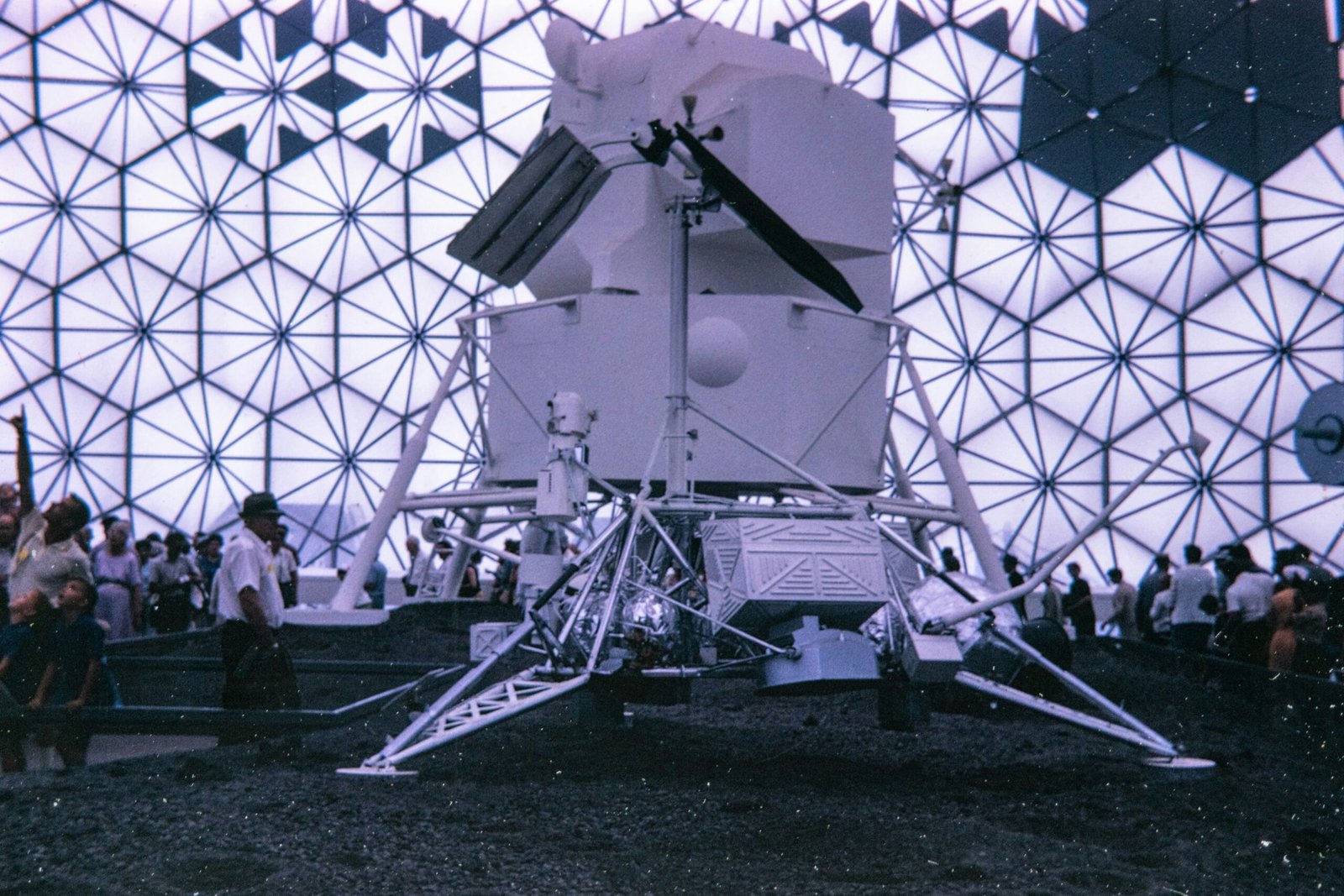
How You Can Get Involved
Interested in getting involved in the world of art and science collaborations? Whether you’re an artist, a scientist, or simply a curious observer, there are plenty of ways to participate and support the innovative work being done through projects like “PST Art.”
Attend “PST Art” Exhibitions
One of the best ways to support art and science collaborations is by attending exhibitions like “PST Art.” Keep an eye out for upcoming events and installations in your area, and show your support for the artists and scientists pushing the boundaries of creativity and innovation.
Get Involved in Local Art and Science Communities
Consider joining local art and science communities to connect with like-minded individuals who share your interest in interdisciplinary collaborations. Whether it’s attending workshops, lectures, or networking events, getting involved in these communities can provide valuable opportunities for learning and collaboration.
Support Art and Science Education
Another way to support the intersection of art and science is by advocating for robust art and science education programs in schools and communities. By promoting STEAM (Science, Technology, Engineering, Arts, and Mathematics) education, we can nurture the next generation of creatives and innovators who will continue to push the boundaries of interdisciplinary collaboration.
In conclusion, the collaboration between NASA scientists and artists in projects like “PST Art” represents a powerful fusion of creativity, innovation, and exploration. By breaking down barriers between art and science, these collaborations are unlocking new pathways for creative expression and pushing the boundaries of what is possible. Whether you’re an artist, a scientist, or simply a curious observer, there are countless ways to get involved and support this exciting movement. So, why not join the conversation and be a part of this groundbreaking work at the intersection of art and science?
